Diversification giving boost to chip targets
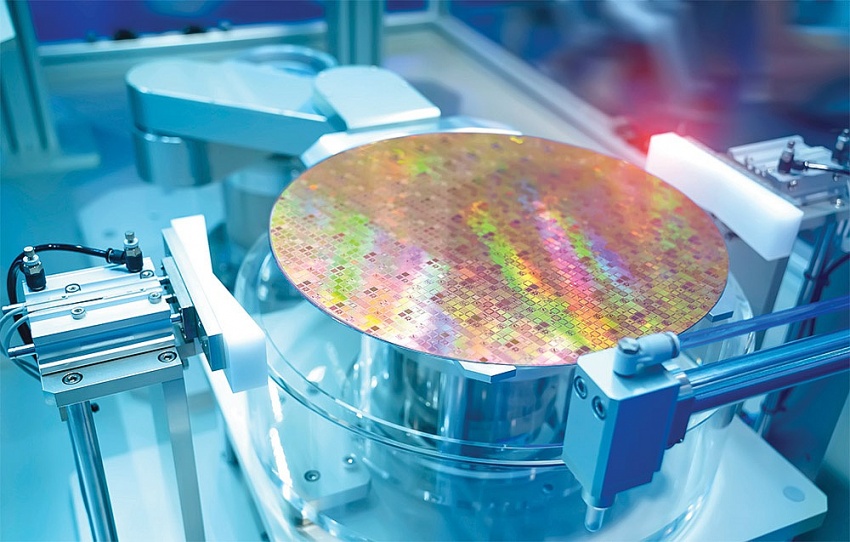 |
| Diversification giving boost to chip targets, illustration photo/ Source: Shutterstock |
Last month, Prime Minister Pham Minh Chinh hosted a meeting with Karthik Rammohan, group vice president of global operations at Lam Research in Hanoi. At the meeting, the company was encouraged to invest at least $1 billion in local semiconductor production.
The American chip-making tools supplier is keen on Vietnam’s semiconductor supply chain. Jeanette Tan, vice president of Asia Communications at Lam Research, said that, “On an ongoing basis, we evaluate opportunities to diversify our supply chain and support our manufacturing operations in Asia. We believe that Vietnam, with its infrastructure and skilled workforce, will play an important role in the semiconductor value chain as the industry continues to diversify geographically. We remain committed to supporting our customer base in Asia.”
According to government disclosure, Lam Research would team up with South Korea’s Seojin. The South Korean company is a supplier to Samsung and Intel, with factories in both Bac Ninh and Bac Giang provinces, where Samsung has chip and smartphone facilities.
Meanwhile, Dutch high-tech firm VDL confirmed its plan to build a new semiconductor components factory in northeast Vietnam. The schedule is for the first modules to leave the new plant to supply international customers by the end of the first quarter of 2025.
VDL, which has other locations in Singapore and China, said many of its customers are following a China+1 strategy of diversifying their manufacturing base. VDL’s global customers are asking for even better global coverage, with local production for the local market.
“About 60 colleagues will initially join us in Vietnam,” the company said, without disclosing the size of the investment.
VDL is not the first Dutch semiconductor company to diversify its operation to Vietnam. In February, BE Semiconductor Industries (Besi), a Dutch maker of chip equipment, inaugurated a 2,000 square metre plant with capital of $5 million in the first phase at Saigon High-Tech Park.
Phase 1 will see the production of advanced components and molds for the chip packaging machinery system. In phase 2, the company intends to expand its operation to build chip packing machines within the next 2-3 years.
According to Besi’s investment plan, thousands of Vietnamese workers will be employed for the project. Besi will also become a partner and supplier of chip packaging machinery to support the growth of the nation’s semiconductor industry.
China’s Victory Giant Technology, specialising in electronic components and semiconductors, will invest over $800 million into a factory at VSIP Bac Ninh 2 Industrial Park in the northern province. The project is slated to begin production of high-precision printed circuit boards in mid-2025.
Stephen Olson, senior adjunct fellow of Pacific Forum and visiting lecturer and non-resident fellow at the Yeutter Institute, said, “For Chinese companies, the primary appeal of setting up operations in Vietnam is to circumvent the various restrictions put in place by the United States on trade and investment with China as a result of escalating geopolitical tensions. For companies from the US, South Korea, or elsewhere, Vietnam provides a cost-competitive manufacturing platform in an ideal geographic location.”
In ASEAN, Singapore and Malaysia are leading the semiconductor ecosystem, with Singapore as the wafer fabrication and front end equipment hub and Malaysia as the packaging and back end testing hub. Vietnam is slowly venturing into semiconductors as it aims to focus on more high value added goods.
To step up its game in the region, Olson noted that Vietnam has to demonstrate that it has the capacity to become a bigger player.
“This means providing a large enough work force with the necessary technical skills. The quality of the educational system will be key,” Olsen said. “It also means having an adequate infrastructure. This not only includes physical infrastructure such as roads, airports, and ports but also a world-class technological infrastructure. The challenge here is to make the necessary investments.”
Finally, Olsen said, Vietnam also needs to demonstrate that it can absorb these new facilities in a way that is both socially and environmentally sustainable.
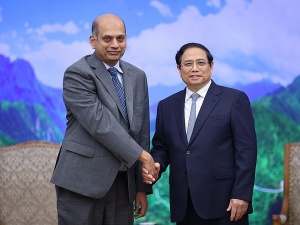 | Lam Research to build semiconductor factories and supply chain in Vietnam American chip-making technology provider Lam Research Corp. (NASDAQ: LRCX) is keen on building factories and developing a supply chain within Vietnam's semiconductor industry. |
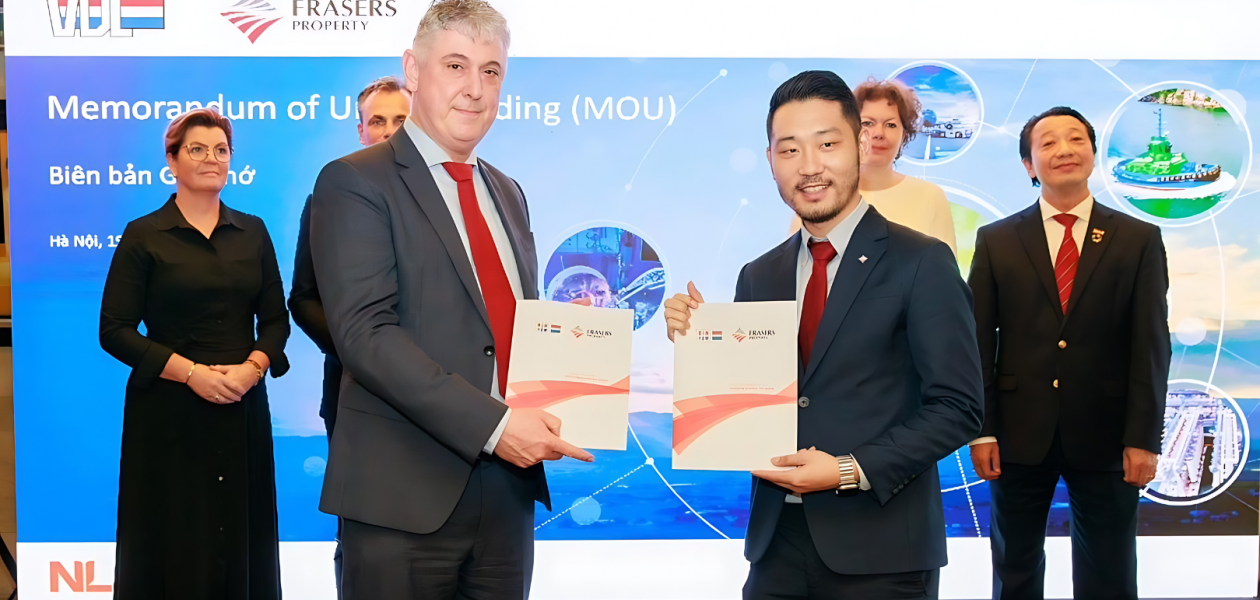 | Dutch high-tech company VDL to develop semiconductor factory in Vietnam VDL ETG, the high-tech arm of VDL Groep, ratified a cooperation agreement with Frasers Property on March 19 for the construction of a new facility to make semiconductor manufacturing components in Vietnam. |
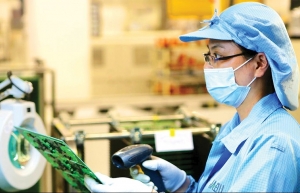 | Major US groups taking long-term investment view As Vietnam and the US enter a new phase of economic relations, American companies are preparing to offer an expansion in investments. |
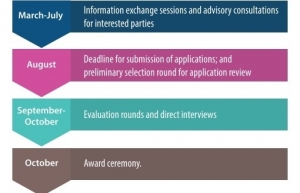 | Vietnam eyes comprehensive ecosystem for AI technology Tech companies are facing huge opportunities to develop AI and semiconductors with the support of the government and authorities. |
What the stars mean:
★ Poor ★ ★ Promising ★★★ Good ★★★★ Very good ★★★★★ Exceptional
 Tag:
Tag:
Related Contents
Latest News
More News
- Global partnerships key to Vietnam’s IFC development (December 26, 2025 | 16:18)
- Vingroup pulls out of bid to invest in North-South high-speed railway (December 26, 2025 | 11:42)
- Strengthening supply chains through trade promotions and customs reform (December 24, 2025 | 14:00)
- PM orders investment model for North–South high-speed rail (December 22, 2025 | 17:43)
- LS Eco Energy to invest in Vietnam rare earth sector (December 22, 2025 | 17:31)
- Government moves to establish International Financial Centre (December 21, 2025 | 21:00)
- Vietnam's IFC to target global investment flows (December 21, 2025 | 18:00)
- Two national hospitals expand capacity with new facilities (December 20, 2025 | 09:00)
- Ha Tinh breaks ground on major Vingroup industrial and energy projects (December 19, 2025 | 18:24)
- EVN launches major power infrastructure projects nationwide (December 19, 2025 | 18:17)






















 Mobile Version
Mobile Version